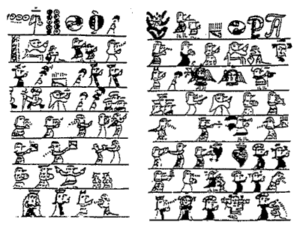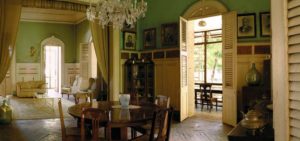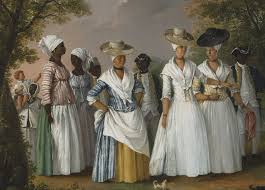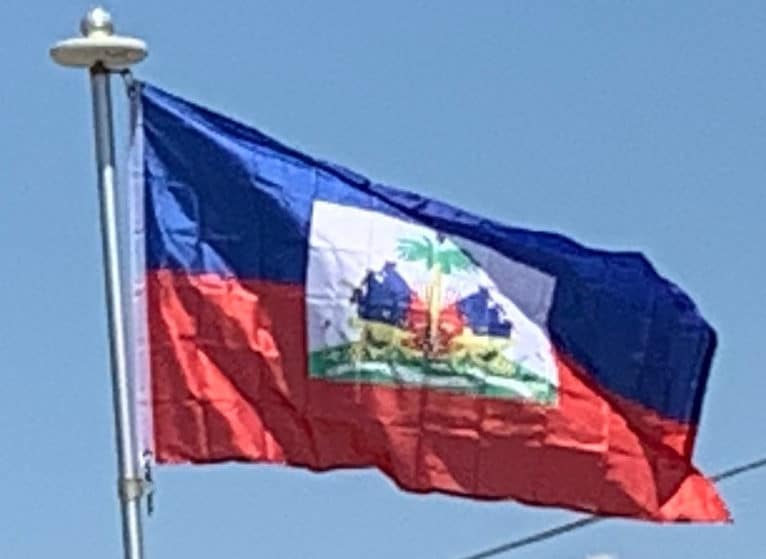As the Spanish re-focused their colonization efforts on the greater riches of mainland Central and South America, Hispaniola became reduced largely to a trading and refuelling post. As a result piracy became widespread, encouraged by European powers hostile to Spain such as France (based on Île de la Tortue) and England.

The Spanish largely abandoned the western third of the island, focusing their colonization effort on the eastern two-thirds. The western part of the island was thus gradually settled by French buccaneers; among them was Bertrand d’Ogeron, who succeeded in growing tobacco and recruited many French colonial families from Martinique and Guadeloupe. In 1697 France and Spain settled their hostilities on the island by way of the Treaty of Ryswick of 1697, which divided Hispaniola between them.
French Rule (1625–1804):
France received the western third and subsequently named it Saint-Domingue, the French equivalent of Santo Domingo, the Spanish colony on Hispaniola. The French set about creating sugar and coffee plantations, worked by vast numbers of slaves imported from Africa, and Saint-Domingue grew to become their richest colonial possession.

The French settlers were outnumbered by slaves by almost 10 to 1. According to the 1788 Census, Haiti’s population consisted of nearly 25,000 Europeans, 22,000 free coloreds and 700,000 African slaves. In contrast, by 1763 the white population of French Canada, a far larger territory, had numbered only 65,000. In the north of the island, slaves were able to retain many ties to African cultures, religion and language; these ties were continually being renewed by newly imported Africans. Some West African slaves held on to their traditional Vodou beliefs by secretly syncretizing it with Catholicism.
The French enacted the Code Noir (“Black Code”), prepared by Jean-Baptiste Colbert and ratified by Louis XIV, which established rules on slave treatment and permissible freedoms. Saint-Domingue has been described as one of the most brutally efficient slave colonies; one-third of newly imported Africans died within a few years. Many slaves died from diseases such as smallpox and typhoid fever. They had low birth rates, and there is evidence that some women aborted fetuses rather than give birth to children within the bonds of slavery. The colony’s environment also suffered, as forests were cleared to make way for plantations and the land was overworked so as to extract maximum profit for French plantation owners.

As in its Louisiana colony, the French colonial government allowed some rights to free people of color (gens de couleur), the mixed-race descendants of European male colonists and African female slaves (and later, mixed-race women). Over time, many were released from slavery and they established a separate social class. White French Creole fathers frequently sent their mixed-race sons to France for their education. Some men of color were admitted into the military. More of the free people of color lived in the south of the island, near Port-au-Prince, and many intermarried within their community. They frequently worked as artisans and tradesmen, and began to own some property, including slaves of their own. The free people of color petitioned the colonial government to expand their rights.
